B2B marketers create a lot of content, yet 58% say that their distribution channels are only “moderately effective”. This gap between content creation and delivery remains one of the biggest challenges B2B companies face.
Your content needs to reach the right prospects at the right time in their buyer journey. Creating quality material alone won’t give you a working B2B content marketing strategy – studies show that one in three marketers have an adaptable content creation model.
In this blog, we'll show you the best content marketing channels that deliver business results. You’ll learn why the right distribution channels for B2B marketing can boost awareness, attract qualified leads, and bring targeted traffic to your digital properties.
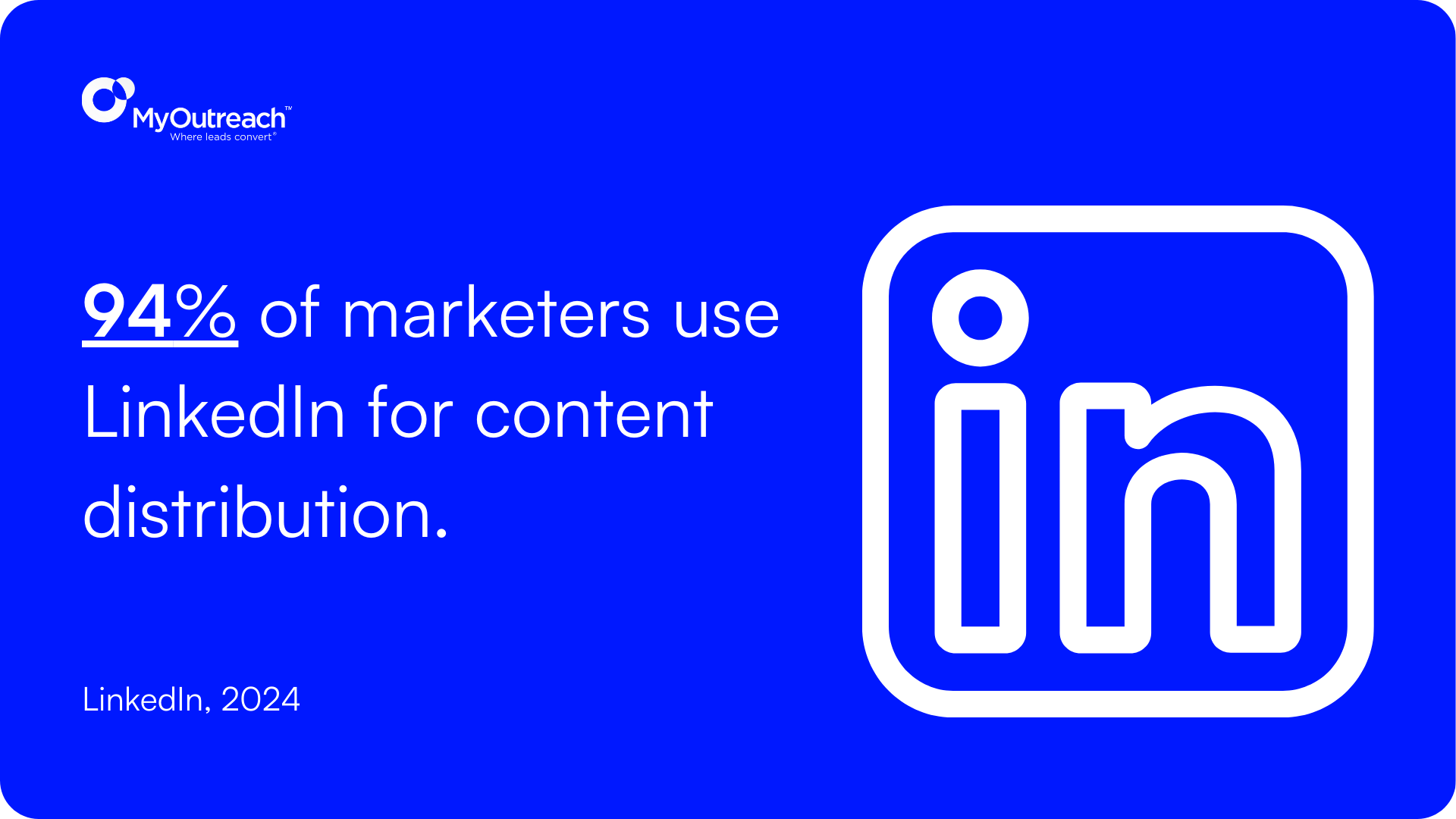
The Role of Distribution Channels for B2B Content Marketing
Even great content is not as effective if not distributed properly. In this section, we’ll show you how to optimise your content to reach the right prospects and drive business growth.
How Distribution Fits into a B2B Content Marketing Strategy
A detailed B2B content distribution strategy usually mixes several types of channels:
- Owned media: These are your company-controlled platforms - blogs, newsletters, podcasts, and your website.
- Earned Media: This includes press mentions, guest articles, and influencer collaborations.
- Paid Media: Sponsored content such as LinkedIn Ads, Google Ads, and other promotional placements.
Recent studies show that the most effective B2B distribution channels are:
- In-person events: 52%.
- Webinars: 51%.
- Email: 42%.
- Organic social media: 42%.
- Blogs: 41%.
And don’t forget, a solid distribution strategy strengthens your other marketing efforts, helping you maximise the impact of every piece of content.
B2B & B2C Content Distribution Differences
B2B content distribution looks very different from B2C. B2B content typically exists “where decisions happen” - on professional platforms such as LinkedIn, through email marketing, and in gated assets.
B2B content formats tend to educate rather than entertain (but your content shouldn’t be boring), such as whitepapers, reports, and webinars that inform and build brand trust.
Take LinkedIn, for example: it has a network of over 67 million companies, making it a powerful tool to reach decision-makers with your content.
B2C distribution takes a different approach, aiming for omnipresence.
Content appears everywhere:
- On social media.
- In email boxes.
- YouTube.
- Pre-rolls.
- Traditional advertising spaces.
The goal is to maximise visibility from as many angles as possible.
Picking the Right Distribution Channels for B2B Content Marketing
As mentioned above, B2B content marketing channels can be categorised into three main types: owned, earned, and paid media. Each type plays a role in your B2B content marketing strategy. Let’s discuss them in more detail.
Owned Media: Website, Blog, Email
Your website and blog are your base, shaping user experiences and collecting valuable audience data. You control messaging and establish expertise.
Email can also be one of your most powerful tools when used correctly. Personalised emails have better engagement, with a 29% higher open rate and 41% higher CTR compared to non-personalised emails.
Additional valuable owned channels include:
- Resource centres and knowledge bases with helpful guides and FAQs.
- Branded mobile apps offering personalised user experiences.
- Company podcasts featuring expert discussions and industry insights.
Owned media targets existing customers, partners, and prospects familiar with your brand. Best of all, no algorithms are limiting your content distribution reach, and you don’t need an ad budget.
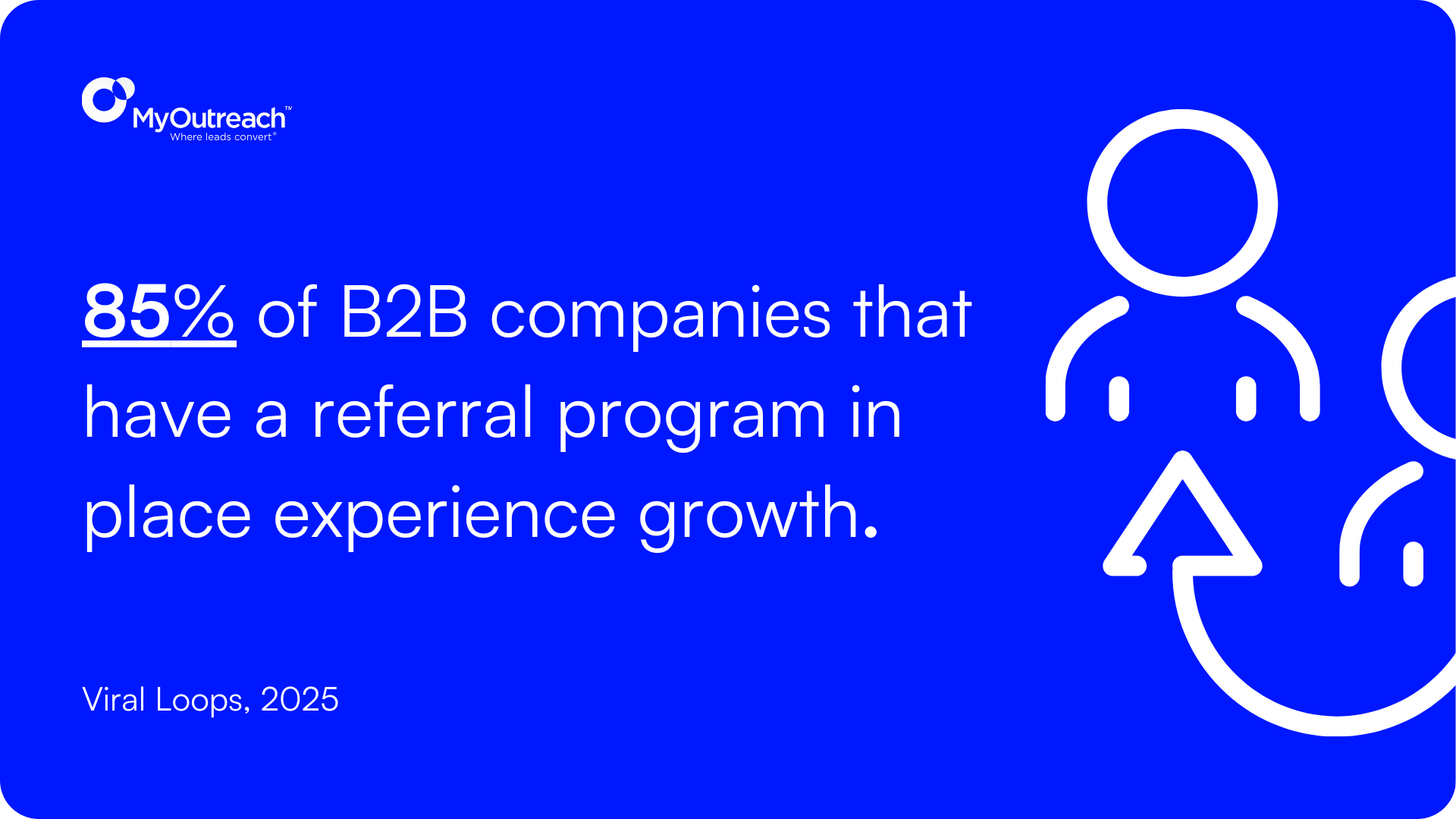
Earned Media: Backlinks, Shares, Mentions
Earned media is the organic exposure your company receives through third-party sources without requiring direct financial investment. Media coverage, reviews, social media mentions, and word-of-mouth referrals fall into this category.
Earned media proves valuable - 85% of B2B companies with a referral program in place experience growth.
Tip: When seeking a backlink, ensure it's from a high-quality website that can boost your site's credibility, visibility, and organic traffic.
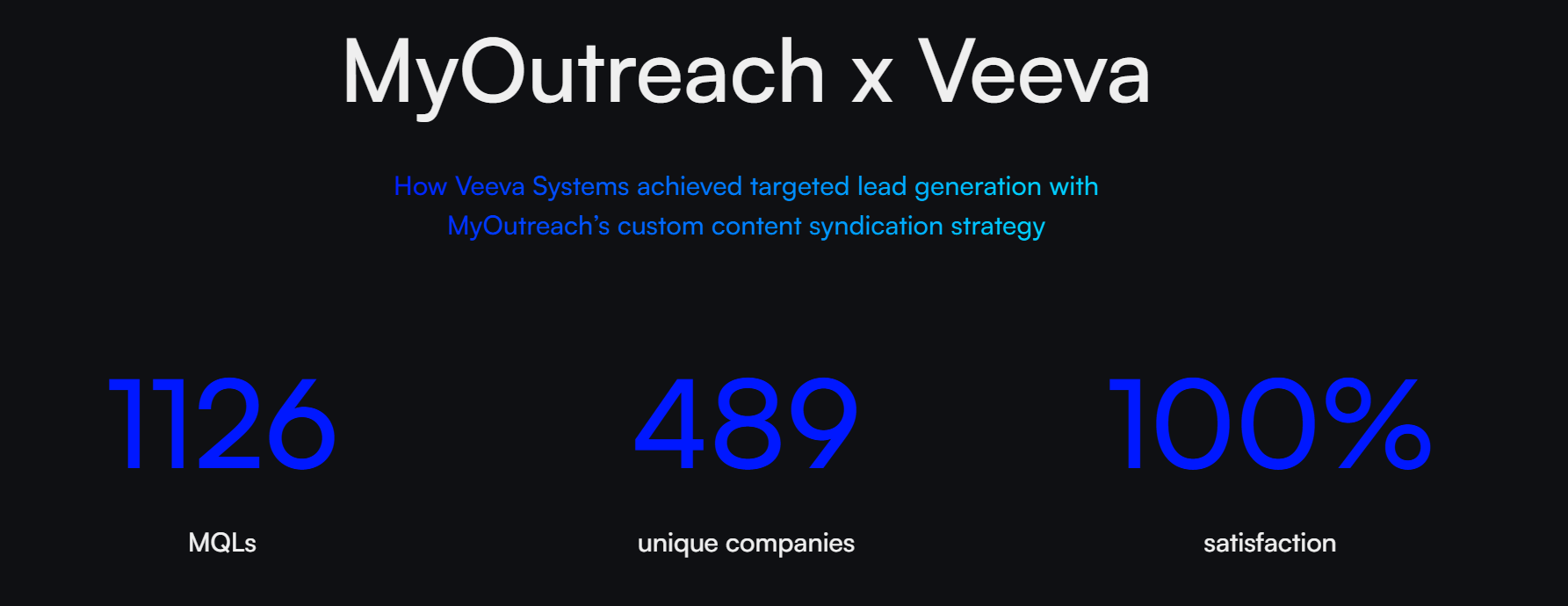
Paid Media: Ads, Sponsored Content
Paid media needs financial investments to promote your brand through various channels. This approach relies on reaching the right audience based on demographics, behaviour, and interests.
A strong paid media strategy often includes:
- Search engine marketing.
- Social media advertising.
- Native advertising.
- Programmatic display.
LinkedIn stands out for B2B marketing - 94% of marketers use LinkedIn for content distribution, and 91% of marketing executives report that it's their top platform for finding quality content.
Keep in mind that banner ads can often be distracting, but your sponsored content can naturally integrate into trusted platforms, improving engagement and brand credibility.
When you combine all three categories, you get a balanced B2B content distribution strategy.
7 Essential Distribution Channels for B2B Content Marketing
B2B marketers use multiple channels to distribute their content. Mastering multi-channel marketing is essential, as it boosts conversion rates by 24% and increases ROI by 89%. In this section, we’ll go through the seven essential distribution channels for B2B content marketing.
LinkedIn & Professional Networks
We’ve already emphasised how important LinkedIn is for B2B marketing. Around 84% of marketers choose it as the platform that delivers the best value.
According to Content Marketing Institute, B2B marketers have increased LinkedIn usage by 68% in the last 12 months. This highlights the growing role of professional networks in B2B marketing.
Email Marketing & Campaigns
About 87% of B2B marketers rate email marketing as their top channel. Email newsletters build dialogue with customers and drive traffic to branded websites.
Segmented email campaigns have shown a 760% increase in revenue. This shows how valuable email is as a channel for nurturing prospects throughout the sales funnel.
SEO & Organic Search
SEO-driven blogs capture leads long-term. Video content ranks 50 times better on Google than plain text results.
This highlights the value of multimedia SEO. B2B companies optimise their content for search engines to ensure visibility when buyers look for solutions.
YouTube & Video Content
YouTube ranks as the third most-visited site worldwide, and offers platforms for long-term video insights, product walkthroughs, and industry reports. Approximately 93% of B2B buyers believe that video content helps build trust in a brand.
Webinars & Virtual Events
Webinars work as middle-funnel marketing tools. They let potential buyers experience a company’s experts in a relaxed environment.
- 95% of B2B companies consider webinars very important to their marketing strategy.
- 73% of B2B marketers say webinars generate high-quality leads.
- 61% of B2B companies use webinars as a content marketing tactic.
📖 Useful read: How to Increase Webinar Attendance Rates?
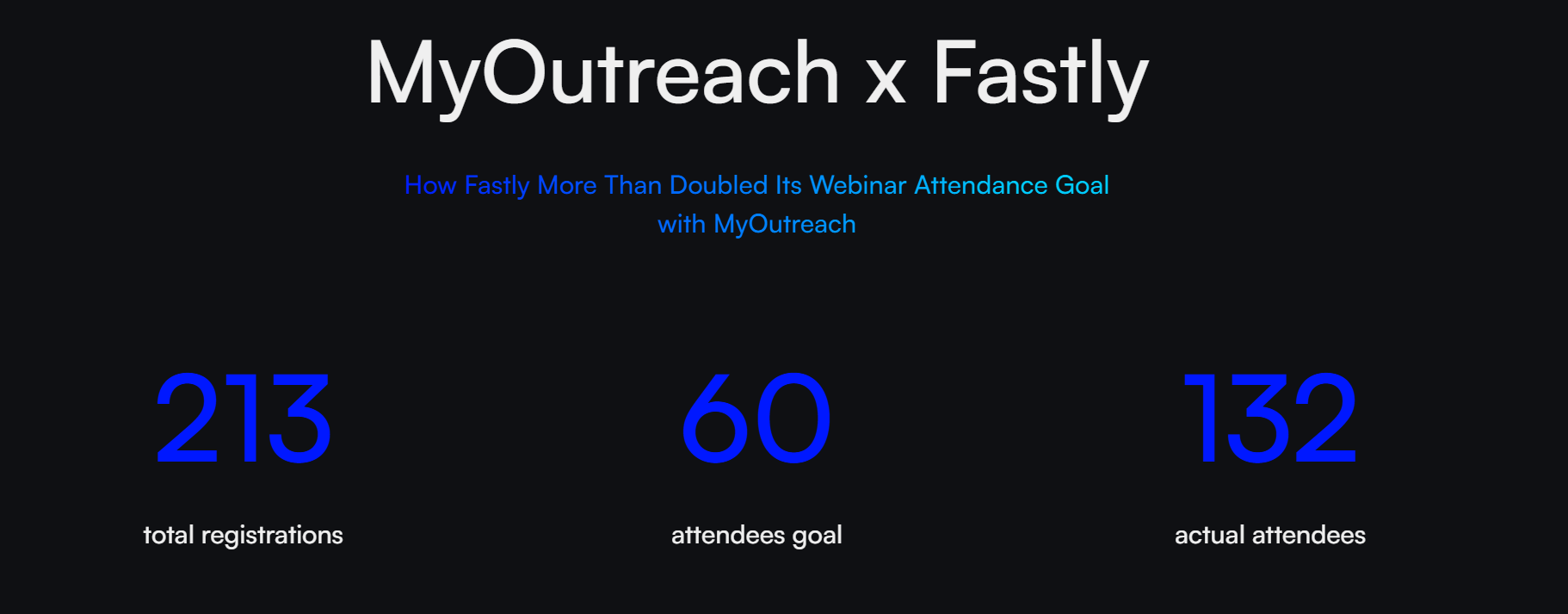
Industry Publications & Guest Blogs
Guest posting on reputable industry sites can expand your reach and build valuable backlinks.
Think of it this way: publishing in reputable B2B tech publications like TechCrunch (13 million monthly unique users) and ZDNET (36.7 million monthly unique users) allows you to put your content in front of decision-makers and boost brand visibility.
Influencer Collaboration
Around 75% of B2B marketers are now using influencer marketing to stay ahead.
The most common influencer types:
- Industry Experts: 70%
- Executives: 82%
- Customer Advocates: 89%
This shows how B2B professionals prefer authentic professional voices over social media personalities.
Documenting Your Distribution Plan
If you keep a documented content distribution strategy, it’ll help you prevent random execution and keep your marketing efforts consistent. Your well-documented plan acts as your guide that arranges team members and boosts your B2B content marketing strategy’s effectiveness.
Repurposing Content Across Channels
Creating fresh content for each channel doesn’t work long-term. Start with valuable assets and turn them into multiple formats that suit different B2B marketing channels. To name just one example, a complete whitepaper can become a:
- LinkedIn infographic or carousel post.
- Blog post series with deeper insights.
- Video script for YouTube walkthroughs.
- Snippet for email nurture campaigns.
By repurposing content with intention, you can maintain consistent messaging and enhance SEO performance.
Extending Reach with Content Syndication
Content syndication distributes it through trusted third-party platforms. This helps your content reach new audiences and decision-makers who may not yet be familiar with your company.
Approximately 65% of B2B marketers utilise content syndication as a lead generation strategy. By combining syndication with your repurposing strategy, a single "hero" asset can create multiple touchpoints across different channels.
However, the most effective way to utilise this strategy is to pair it with intent data. By doing this, syndicated content can also be delivered to prospects actively researching topics relevant to your solutions, improving timing and relevance.
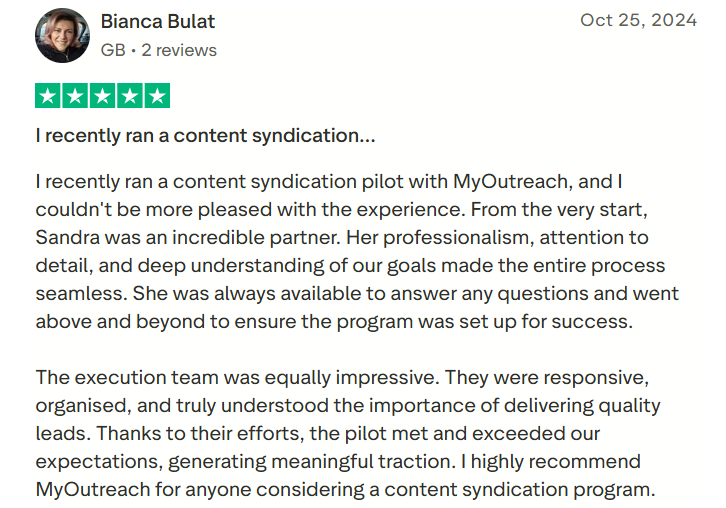
Using Intent Signals to Time Delivery
Intent signals are behavioural clues that show a potential buyer’s interest in specific topics or solutions.
Intent signals come from three main sources:
- First-party signals from your owned channels (most reliable).
- Third-party signals from external websites.
- Behavioural trends across your industry.
You can deliver personalised content when prospects actively research solutions by analysing these signals.
Tracking Success & Improving Over Time
Distribution channels for B2B content marketing need to be measured properly and improved continuously. Without tracking systems, you won’t know which distribution channels deliver the best marketing results.
Setting KPIs for Distribution
Clear metrics help you measure success and justify marketing investments.
Content distribution KPIs should include:
- Lead generation numbers.
- Click-through rates.
- Participation metrics.
- Conversion rates.
- Overall ROI.
Teams commonly track content performance through:
- Conversions (73%).
- Email participation (71%).
- Website traffic (71%).
- Website participation (69%).
- Social media analytics (65%).
Your campaigns should have distribution-specific standards to compare them against industry benchmarks.
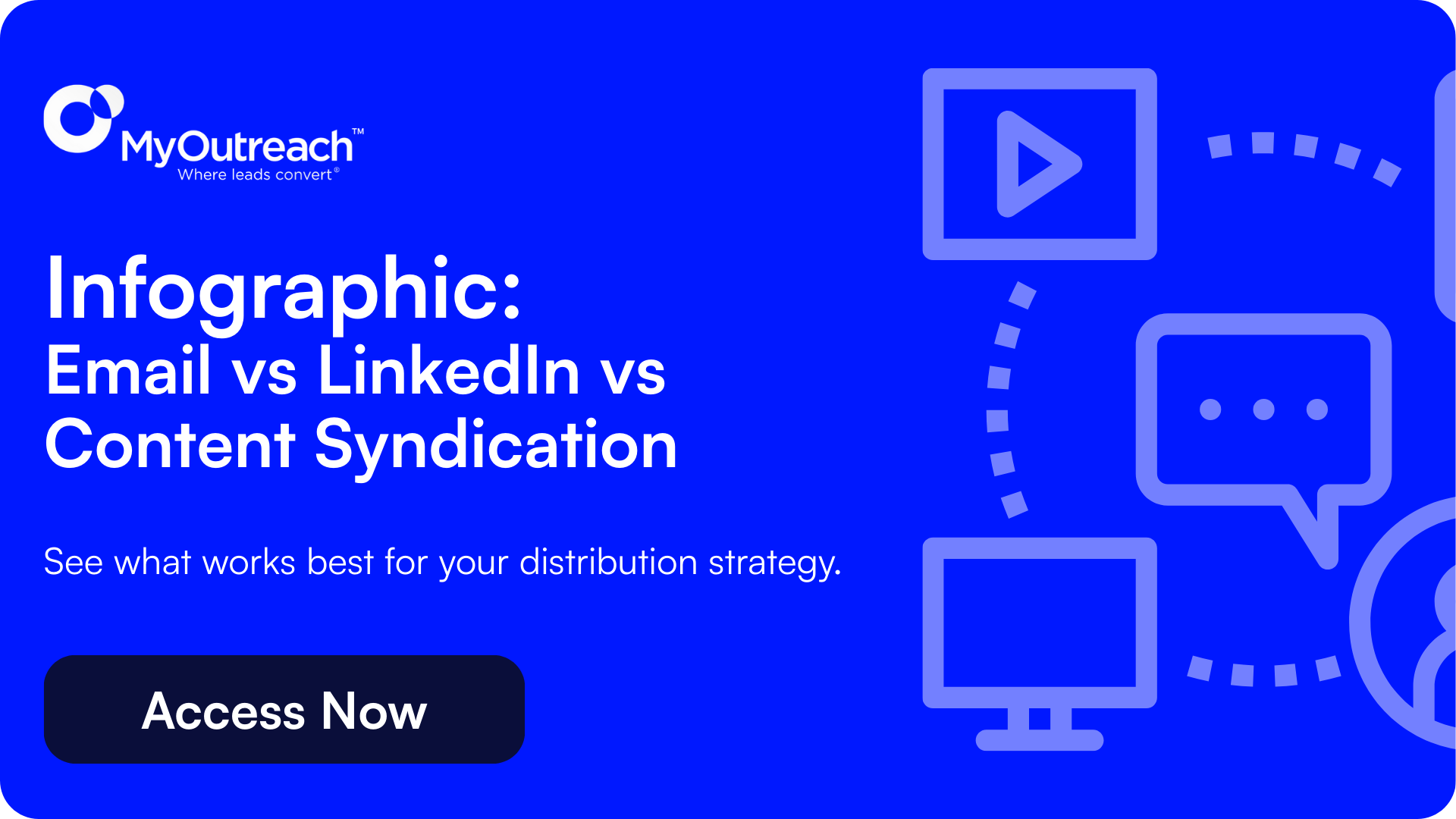
Using Analytics to Refine Your Approach
By analysing your content, you can see which piece gets the most traffic, participation, and conversions. You can learn which format appeals best to your audience.
Watch channel performance carefully. For example, if LinkedIn gets significant participation, while another platform underperforms, it’s time to relocate your resources.
Many teams rely on tools like Google Analytics, Hootsuite, or Sprout Social to track metrics across different B2B marketing channels.
Arranging Sales & Marketing Feedback
Sales and marketing arrangements begin with shared metrics that focus on pipeline and revenue generation, rather than separate departmental goals. Both teams should own customer data and strategy together, yet 60% of sales representatives say it doesn’t happen.
Your closed-loop reporting should enable Marketing teams to track the progress of leads they have generated, while Sales teams provide feedback on the quality of these leads. Through collaboration with both teams, you can break down silos and create a strong B2B content distribution strategy.
Conclusion
Many B2B marketers successfully create content, but struggle with distribution. The correct mix of owned, earned, and paid media makes sure that your content reaches the right decision-makers.
Success comes from building flexible systems, using automation, CRM platforms, and smart content repurposing. Tracking KPIs such as conversions, engagement, and channel performance helps teams focus their efforts and align Sales and Marketing for maximum results.
Smart distribution is as important as quality content. When executed well, it grows brand awareness, attracts better leads, and drives targeted traffic.
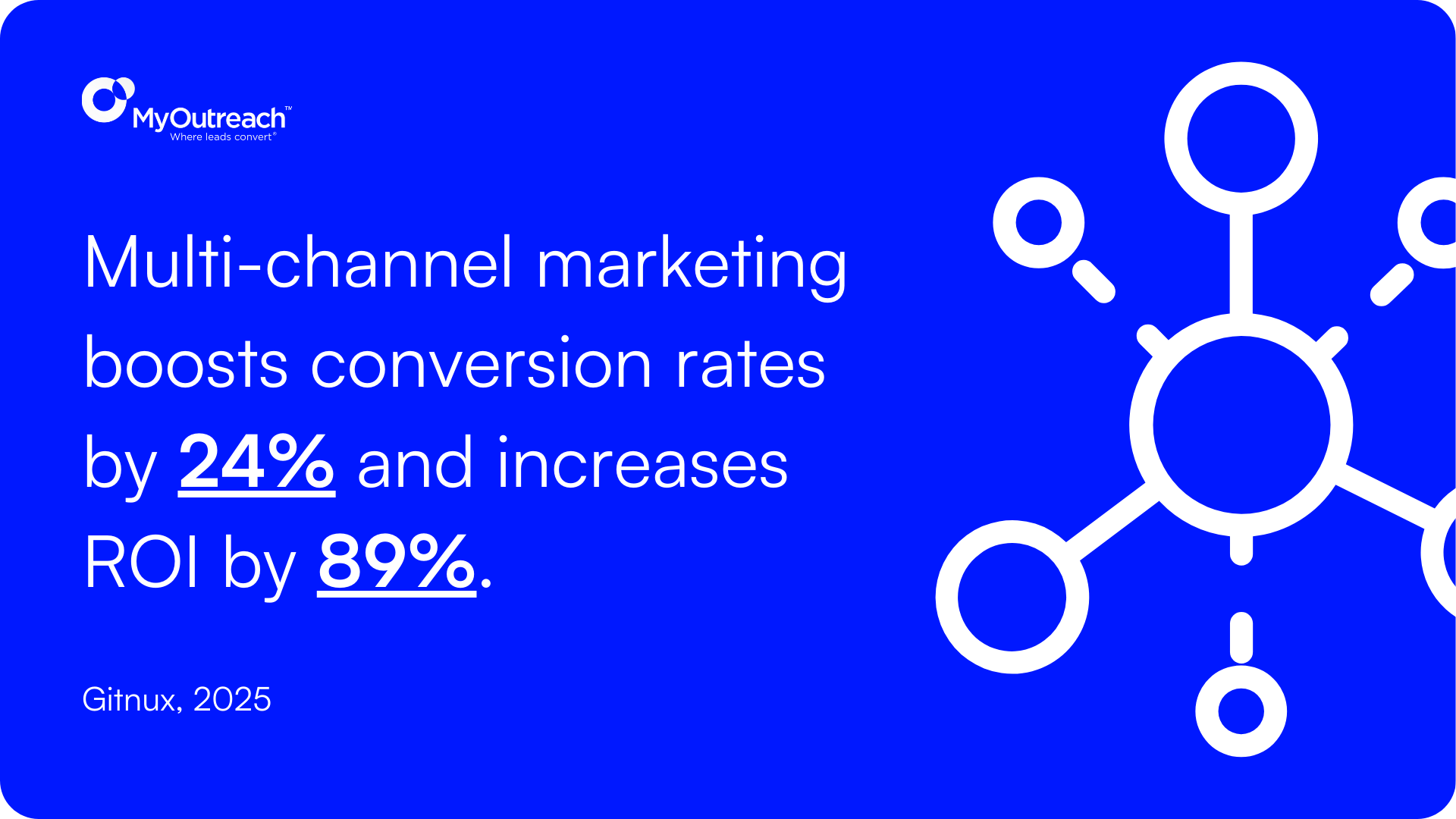
Distributing Content with MyOutreach
MyOutreach helps B2B marketers maximise their distribution channels for B2B content marketing.
By combining targeted content syndication, automation, and analytics, we ensure your content reaches the right decision-makers at the right time, boosting pipeline and revenue while saving your team time.
Are you ready to start distributing your content correctly? Let’s talk!
Other blogs that might interest you:
📖 Virtual Event Marketing Strategies for Modern B2B
📖 What’s Behind ABM Content Syndication Hype?
📖 The Truth About Web Syndication: Is It Worth Your Time?
FAQs
Q1. What are the most effective B2B content distribution channels?
The most effective B2B content distribution channels include LinkedIn for professional networking, email marketing for direct communication, SEO for organic search visibility, YouTube for video content, webinars for in-depth engagement, industry publications for thought leadership, and influencer collaborations for extended reach.
Q2. How does B2B content distribution differ from B2C?
B2B content distribution focuses on professional platforms like LinkedIn and industry-specific channels, emphasising educational content such as whitepapers and webinars. B2C distribution, on the other hand, aims for wider visibility across various social media platforms and traditional advertising spaces, often with more entertaining content.
Q3. What is the importance of documenting a B2B content distribution plan?
Documenting a B2B content distribution plan ensures consistency across marketing efforts, aligns team members, and maximises content impact. It helps in strategic repurposing of content across channels and allows timely delivery based on intent signals, improving overall efficiency and effectiveness.



.png)
.png)
.png)







